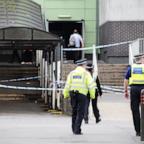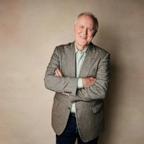Inside the all-white 'Apartheid town' of Orania, South Africa
“We want to build a better place for our children,” said one resident.
When you ask the residents of Orania, South Africa, why they moved there, their answers might seem similar.
“We want to build a better place for our children and ourselves,” said Nick Vandershyff.
“A healthy environment to raise my children,” Sarel Roets said.
“It's just a little haven where we can come and go,” said Ester Leroux.
None mention — at least at first — that they wanted to be around only other white people. Yet, that is exactly what happened.
Orania
Orania is a town in the northern cape of South Africa. Formally established in 1991, the town was created during the last years of apartheid, where it was meant to be a safe haven for Afrikaners. They are the ethnic group descended from the Europeans who colonized South Africa. They speak their own language, Afrikaans.
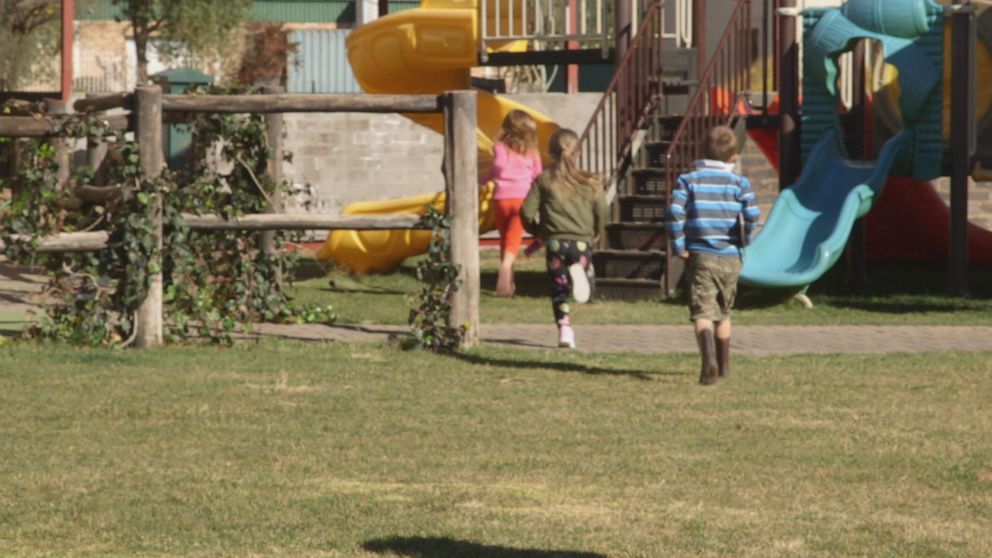
Carel Boshoff IV is the president of the Orania Movement.
“The Orania Movement is the organization that predated the present Orania in the sense that it's been established in 1988,” Boshoff said. “It was 30 years ago, at a time when the minority government of that era was not yet ended. We foresaw that it should be. And we thought the concept of self-determination for a people like the Afrikaner people being one way of facilitating peaceful and orderly transformation.”
In an interview with "Nightline" co-anchor Byron Pitts, Boshoff said that to be an Afrikaner means “that you have an intention and a sort of association with Africa and with South Africa. And that you want to build a future right here. It's a singular history.”
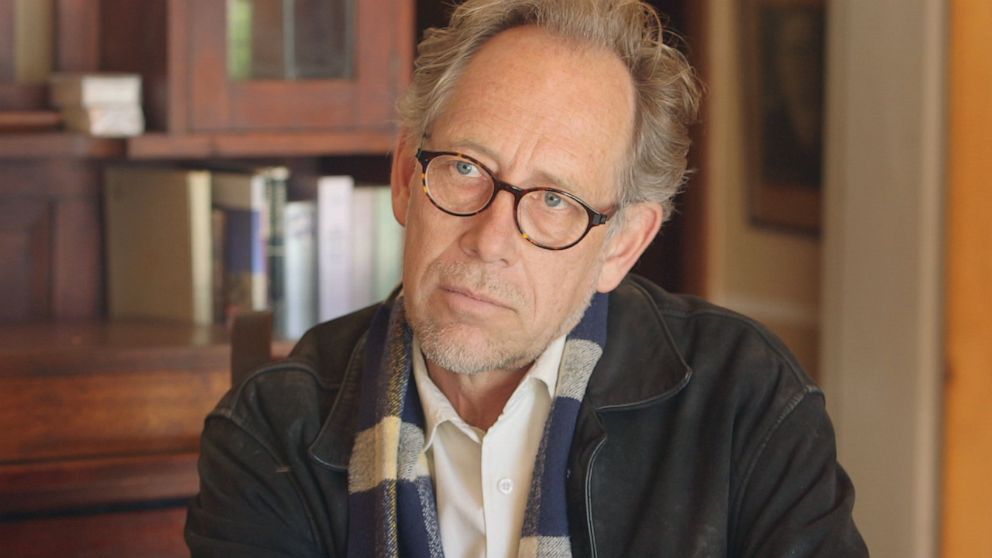
But to many, that history recalls a dark past. Apartheid, South Africa’s legal system of segregation that displaced blacks from farms and limited which jobs they could have, ended less than 30 years ago. For residents outside of Orania, the idea of self-separation harkens back to that time, lending to the name that Orania is externally widely known as: "Apartheid Town."
“I’m offended by that,” Roets said. “It minimizes everything that we stand for.”
Roets, a developer, along with his wife and four sons, moved to Orania seven years ago. He insisted that he’s not a racist and said that moving to Orania allowed him to become more open-minded.
“We live in a very divided country,” he said. “I think the problem in South Africa is we don't know, we don't understand each other, and the only part we see of each other are the bad parts."
He said that there were many problems with crime where he used to live. South Africa, generally, is among the most violent countries in the world. Orania boasts having no crime and no need for a police department.
“I know this is a generalization to say all black people are the same — I had a bit of resentment regarding that,” he added. “When I moved to Orania, it gradually changed for me. I got to meet another kind of African, South African.”
Although he bristles at the label “all-white town," he said he understands the fear associated with Orania.
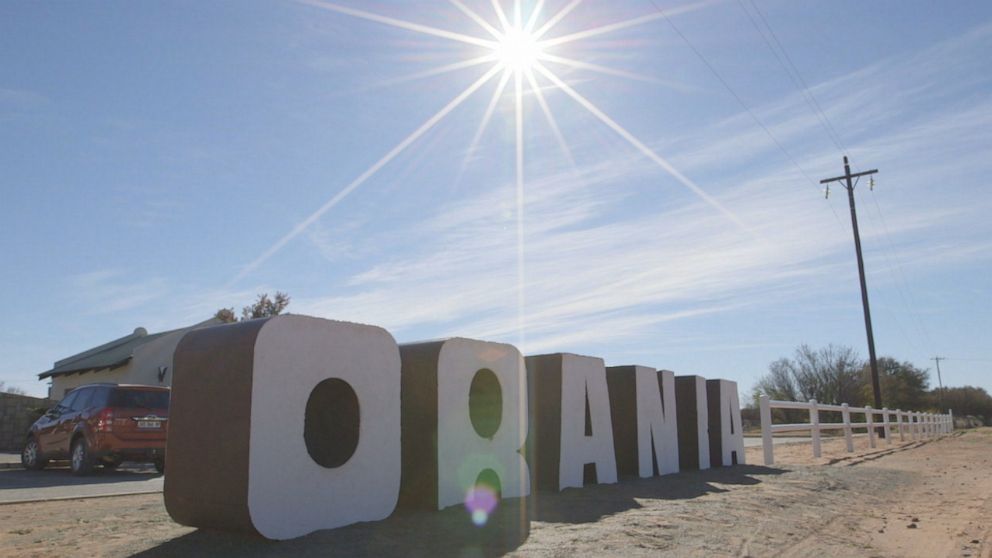
“I understand that but don't understand what this is about,” Roets said. “Orania is not an all-white town. It is just happened to be white because Afrikaners happened to be white. We don't perceive ourselves as white people, we perceive ourselves as Afrikaner people and that is a cultural thing, it's not a race thing.”
Still, there are no people of color who live here. The town of 1,600 has doubled in population over the last seven years. As one drives around town, construction is ubiquitous. It is no metropolis; there are no traffic lights, two schools, and one small radio station. The town even has its own form of currency, the Ora.
For Monja Strydom, who grew up here, the simple life is all she wants.
“I wouldn’t give it up for anything else,” Strydom said. “So it's very free, we grow up very free and I think we grew up with a sense of pride and I'm really proud of who I am.”
She went to college outside of Orania and said she’s brought friends back to visit the town.
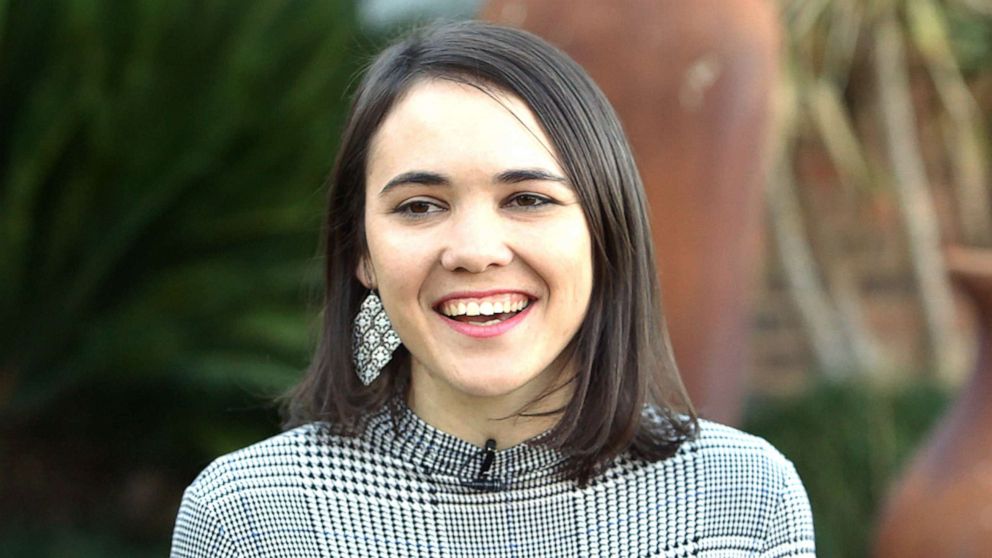
“They enjoyed it so much here, and I think when you visit for a few days and you try to understand then you see...we don't want to go back to apartheid," she said. "We want to establish something new and be proud of who we are and so on.”
Residents say that they were, in part, driven to Orania for economic reasons. Joost Strydom, communications officer for the town, said that the government has essentially put in place a new form of apartheid.
“Old Apartheid was sanctioned by the state,” he said. “New apartheid is economic.”
In the wake of apartheid’s end in 1994, the country’s ruling party, the African National Congress, put measures in place to lift people of color out of the systematic poverty and abuse they had experienced.
Joost Strydom said those policies are akin to reverse discrimination and have hurt the country’s white population. But in South Africa, whites are still among the wealthiest South Africans. Although whites make up just over 30% of the population, they own 72% of the total farms and agricultural holdings in the country, according to a 2017 South African Department of Rural Development and Land Reform Audit.
Still, Joost Strydom says there needs to be a change. “I don't feel free in South Africa,” he said.
History or Hate
Joost Strydom took the ABC News team on a tour of the town. Up a rocky, wind-whipped hillside overlooking the town was a garden monument of sorts — a collection of Afrikaner relics that had been taken down from other places in South Africa. In a circle were weathered busts of prominent Afrikaners: former presidents, war heroes and, notably, Hendrik Verwoerd, the former prime minister of South Africa who has been credited as the architect of apartheid.
Strydom noted the similarities to the debate over Confederate monuments in the United States.
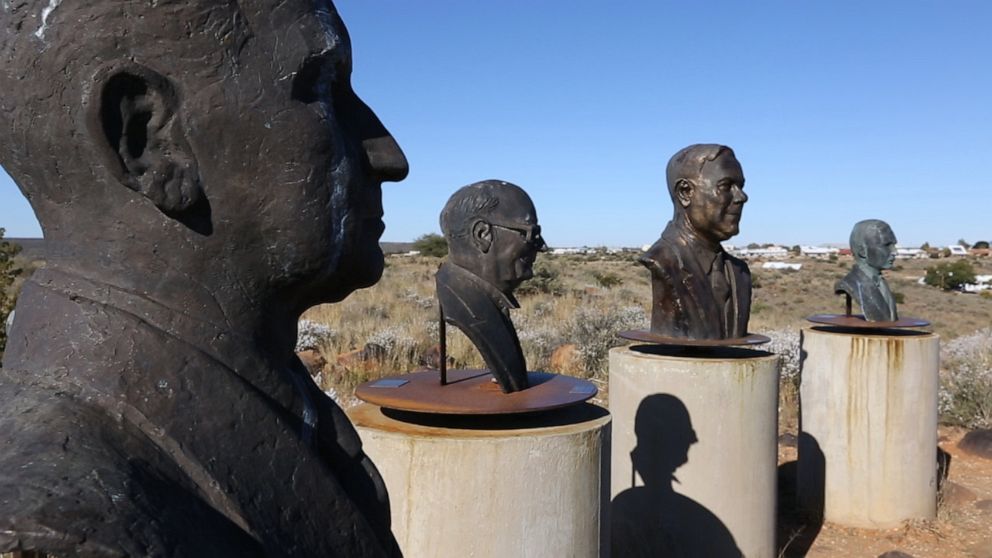
“I know it's also a very controversial debate in the U.S. as well,” he said. “But our point of view is you can't destroy history by destroying a monument.”
For Boshoff, that debate is a personal one — Verwoerd is his grandfather — and she recognizes why the town is often so closely associated with apartheid. After all, the word "apartheid" is an Afrikaans word that means “apart.”
“It's understandable that we are associated with that,” said Boshoff. “The unfairness of it has to do with the baggage of the term. And once you paint it with all that baggage, it's very difficult to protect yourselves in terms of other lines of thinking.”
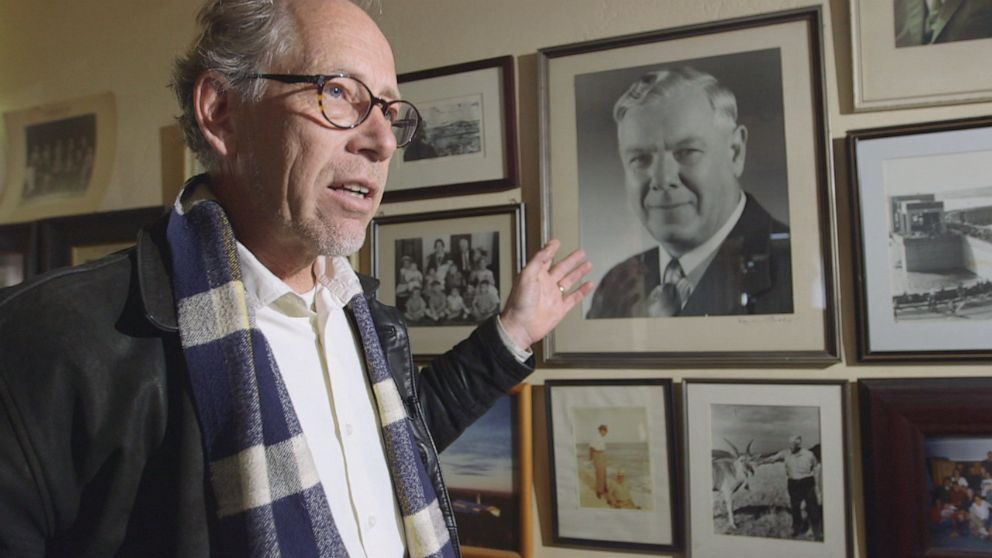
Boshoff insisted that people of color could live in Orania if they were willing to acclimate to the culture and learn Afrikaans. Prospective residents are screened by a committee and go through an interview process.
When Pitts asked if he could live in Orania, Boshoff said, “There’s no rule that says that you can’t. It’s an Afrikaner town. Afrikaans is the language. Your neighbors and your friends would be Afrikaners. That's it.”
People in the town are not opposed to having their own country, though they said they’d prefer to carve out their own space within South Africa.
“We want to build our own heritage and building your own is not the same as breaking somebody else down,” Roets said. He added that he'd want them to have their own country only "if it's necessary and we can do that without bloodshed.”
But in South Africa, where there is a history marred by violence, change and bloodshed seem to be inextricably linked.
Boshoff had one plea. “Give time for relations to take form. … Give us time to prove ourselves as participants in an African future.”
But, just like gold and diamonds, mistrust lives deep in the soil of South Africa. Here, not all the shadows of apartheid have faded and none have been forgotten.
Ozren Millharcic and Liezl Thom contributed to this report.
